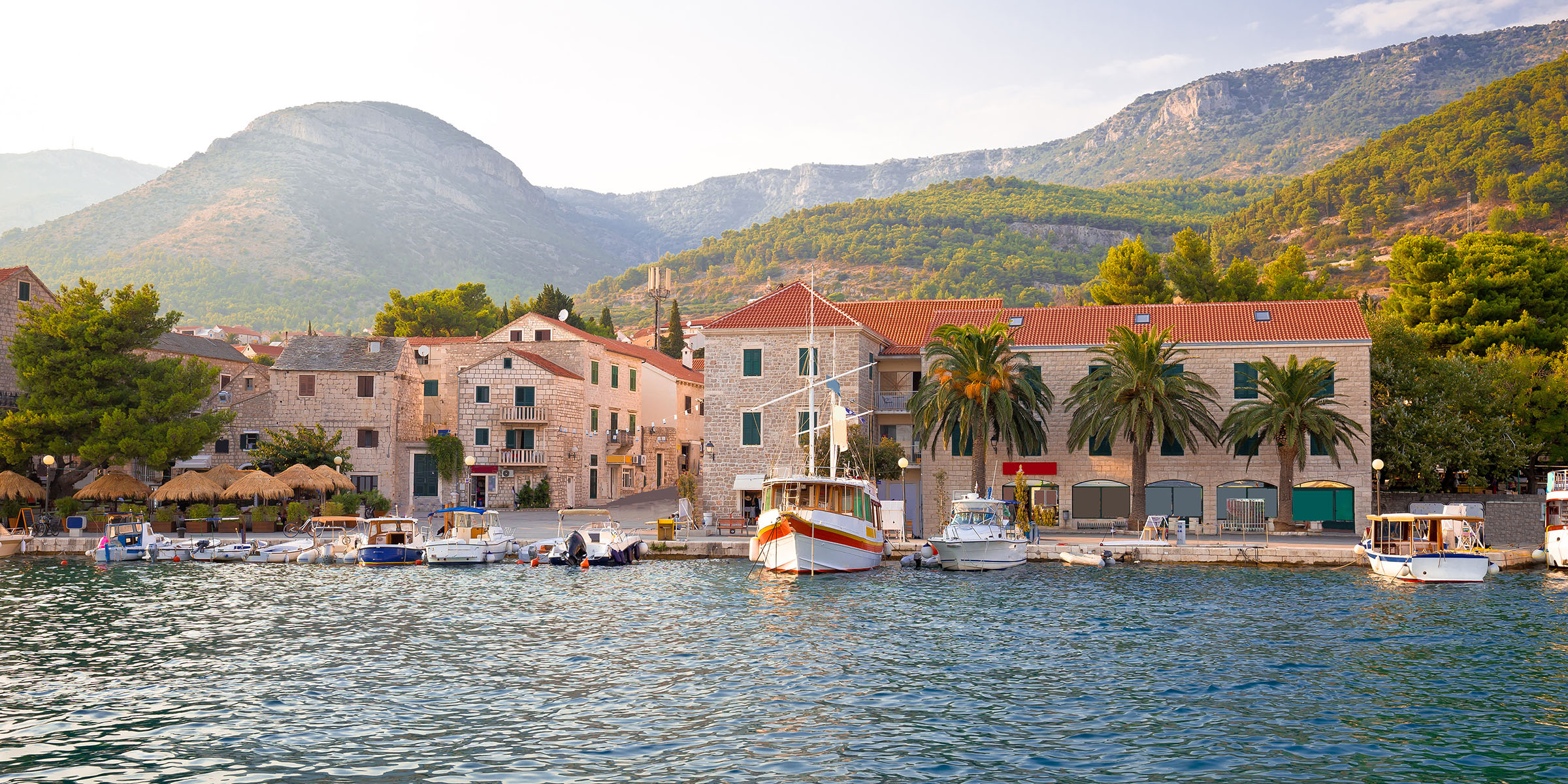7 interesting facts about the island of Brač

All hotels
Period of stay
| Su | Mo | Tu | We | Th | Fr | Sa |
|---|---|---|---|---|---|---|
| Su | Mo | Tu | We | Th | Fr | Sa |
|---|---|---|---|---|---|---|

| Su | Mo | Tu | We | Th | Fr | Sa |
|---|---|---|---|---|---|---|
| Su | Mo | Tu | We | Th | Fr | Sa |
|---|---|---|---|---|---|---|
The island of Brač is the third biggest and one of the most beautiful Croatian islands. Below, we’re going to bring you 7 interesting facts about the largest Dalmatian island
A large number of inhabited islands in Croatia have a place on the island which has the same name as the island itself. On Krk there’s the town of Krk, on Pag there’s the town of Pag, on Cres there’s the town of Cres, but on Brač there’s no town of Brač. The largest places on the island are Supetar and Bol.

In one of the most interesting attractions on the island of Brač, Pustinja Blaca (Blaca Hermitage), hermit priests lived in a monastery embedded into the steep rocks. Only in 1963, after the death of the last manager, Nikola Miličević, did that tradition come to an end.
Although this hasn’t been confirmed for sure, the belief is that Brač got its name from the word deer. The Greeks called it Elaphusa, and elaphos is the Greek name for deer. The name for deer of the natives of this area, the Illyrians, was brentos.

Vidova gora is located on Brač, which, with its 780 metres, is the highest peak of the Adriatic archipelago. A phenomenal view around the island can be enjoyed from here, and if the visibility is good, you can even see all the way to Italy.

Zlatni rat (Golden horn) on Brač is the most well known Croatian beach, the beauty of which is best seen from the air. However, there’s something else that you might notice from the air, and that’s that the beach itself, because of the influence of the elements, often changes its shape.
The island of Brač is one of just two Croatian islands which has its own airport. The airport is near Bol, and you can fly to it from ten European destinations.

There are as many as 116 churches on the island of Brač, which make it perhaps the most sacral island in the Mediterranean. Big and small, old and newer, the churches are, aside from serving the religious needs of the local population, very attractive to tourists, too.
Enter the required details and we'll get back to you shortly.
Enter an e-mail where we can send you a special price calculation for your selected dates, including current discounts